
Portfolio of six hard ground etchings.
6 x 6"; 10 x 10". 20.
Crown Point Press and Case Hudson.
$8,500 fair market value Unavailable
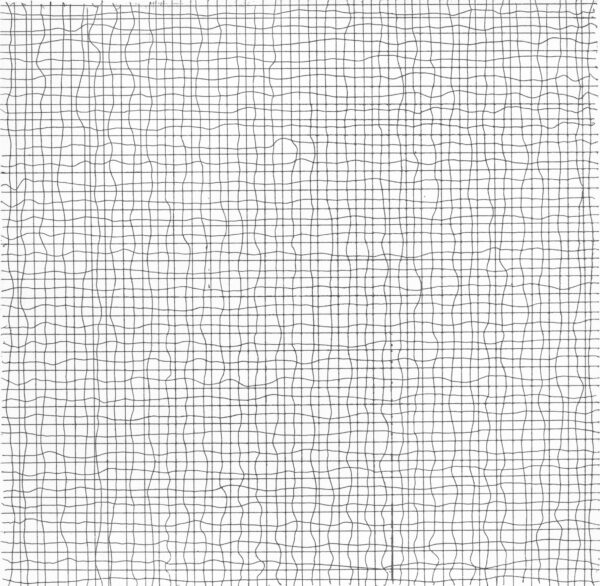
Hard ground etching.
6 x 6"; 10 x 10". 20.
Crown Point Press and Case Hudson.
$3,000 fair market value Unavailable
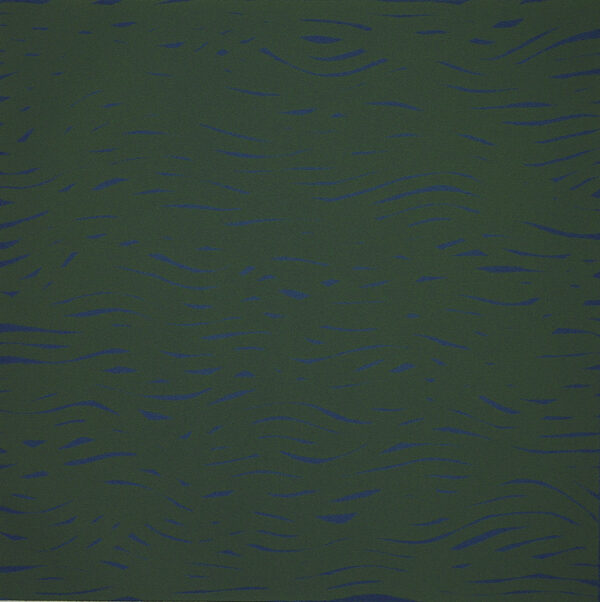
Color sugar lift aquatint with aquatint.
30 x 30"; 38 x 38". 20.
Crown Point Press and Case Hudson.
$8,000 fair market value Unavailable
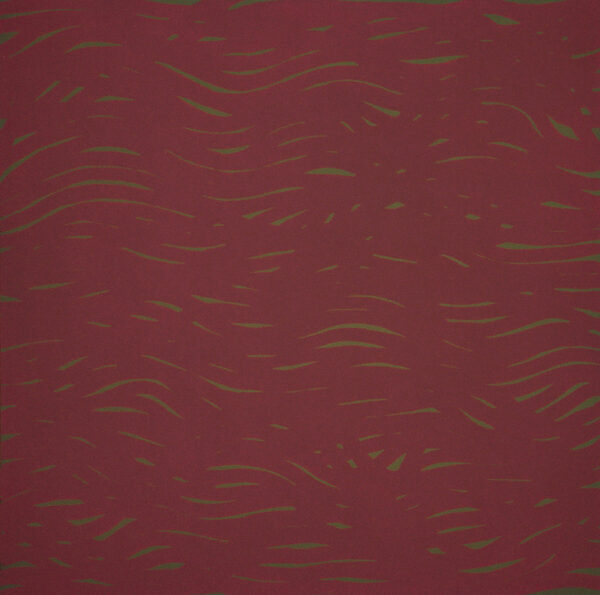
Color sugar lift aquatint with aquatint.
30 x 30"; 38 x 38". 20.
Crown Point Press and Case Hudson.
$8,000 fair market value Unavailable
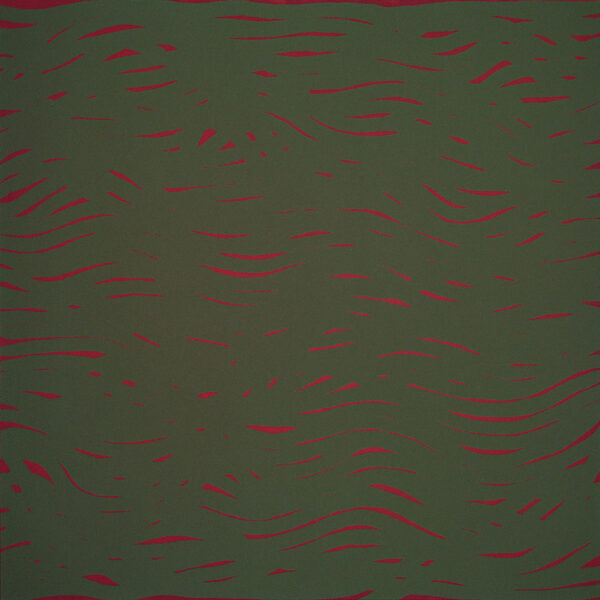
Color sugar lift aquatint with aquatint.
30 x 30"; 38 x 38". 20.
Crown Point Press and Case Hudson.
$8,000 InquireInquire
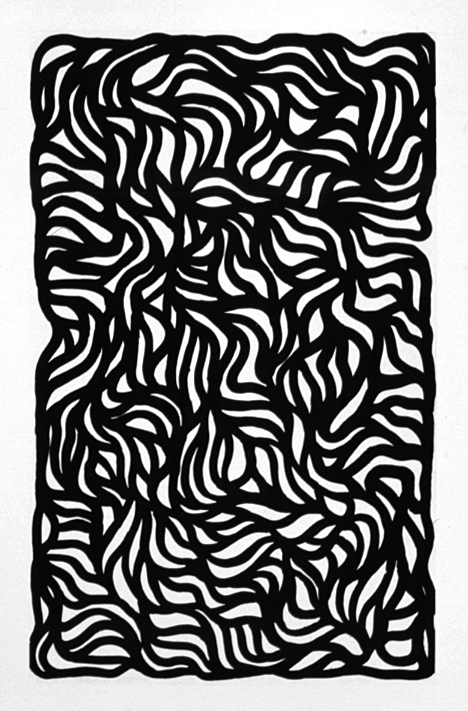
Sugar lift aquatint.
35¾ x 22¼"; 40 x 26½". 10.
Crown Point Press and Daria Sywulak.
$6,000 fair market value Unavailable
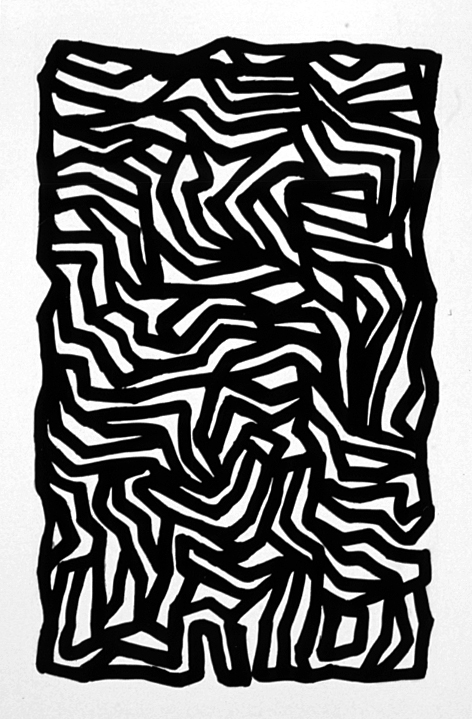
Sugar lift aquatint.
35¾ x 22¼"; 40 x 26½". 10.
Crown Point Press and Daria Sywulak.
$6,000 fair market value Unavailable
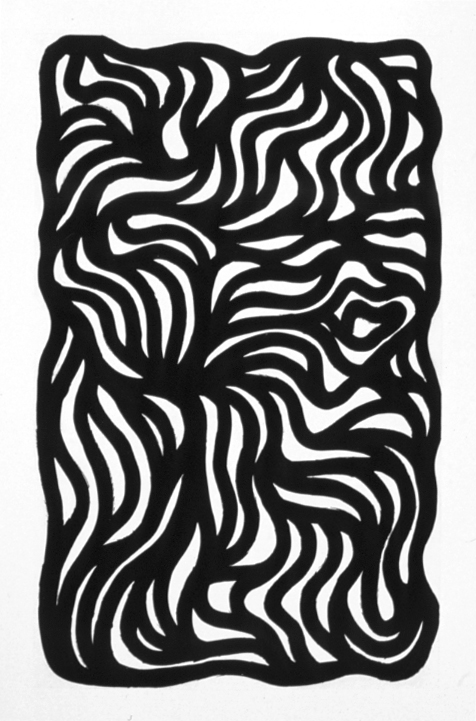
Sugar lift aquatint.
35¾ x 22¼"; 40 x 26½". 10.
Crown Point Press and Daria Sywulak.
$6,000 fair market value Unavailable

Sugar lift aquatint.
35¾ x 35¾"; 40 x 40". 10.
Crown Point Press and Daria Sywulak.
$8,000 fair market value Unavailable
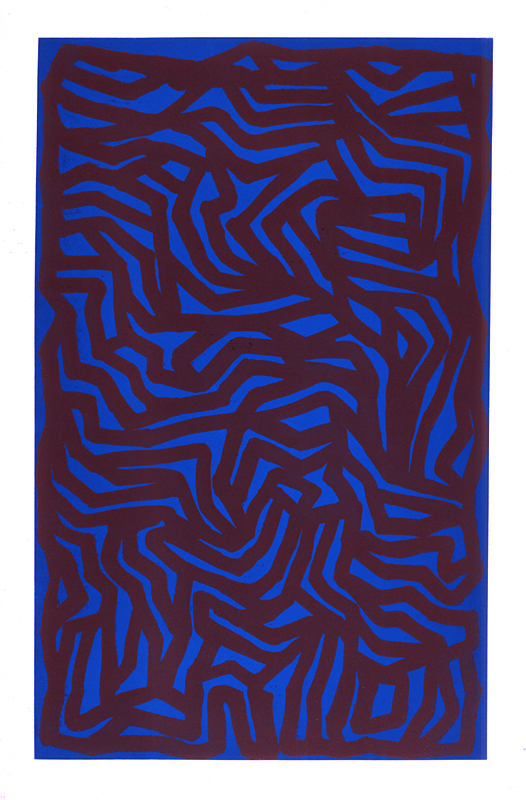
Color sugar lift aquatint with aquatint.
35¾ x 35¾"; 40 x 26½". 20.
Crown Point Press and Daria Sywulak.
$6,000 fair market value Unavailable
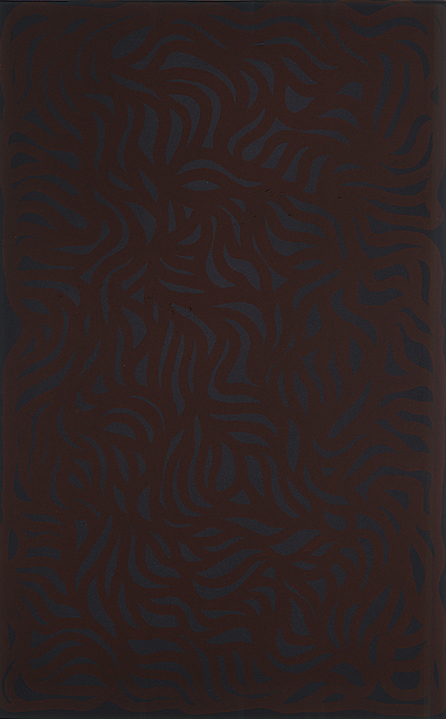
Color sugar lift aquatint with aquatint.
35¾ x 22¼"; 40 x 26½". 20.
Crown Point Press and Daria Sywulak.
$6,000 fair market value Unavailable
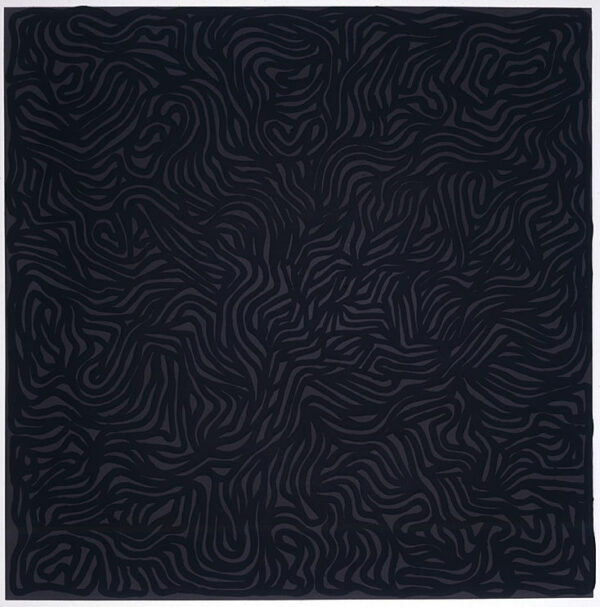
Color sugar lift aquatint with aquatint.
35¾ x 35¾"; 40 x 40". 20.
Crown Point Press and Daria Sywulak.
$8,000 fair market value Unavailable

Color sugar lift aquatint with aquatint.
35¾ x 22¼"; 40 x 26½". 20.
Crown Point Press and Daria Sywulak.
$6,000 fair market value Unavailable
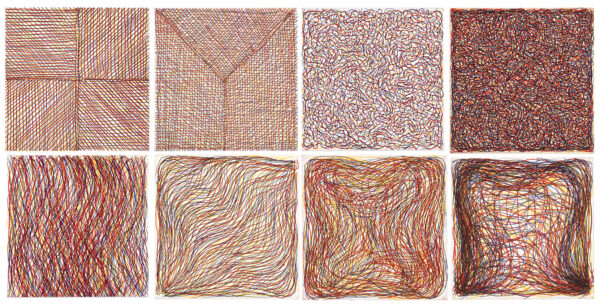
Portfolio of eight color hard ground etchings.
4 x 4"; 8 x 8". 40.
Crown Point Press and Daria Sywulak.
$20,000 fair market value Unavailable
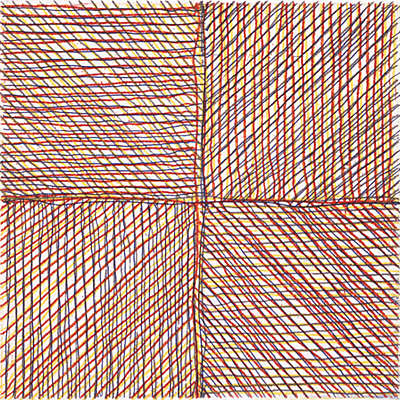
Color hard ground etching.
4 x 4"; 8 x 8". 40.
Crown Point Press and Daria Sywulak.
$3,000 fair market value Unavailable

Color hard ground etching.
4 x 4"; 8 x 8". 40.
Crown Point Press and Daria Sywulak.
$3,000 fair market value Unavailable
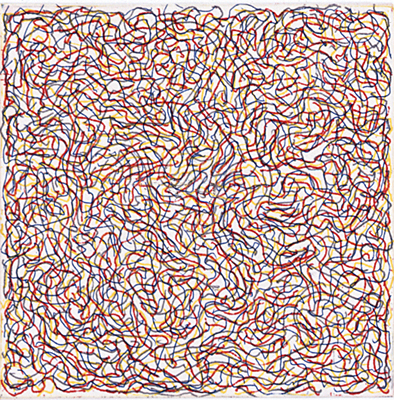
Color hard ground etching.
4 x 4"; 8 x 8". 40.
Crown Point Press and Daria Sywulak.
$3,000 fair market value Unavailable

Color hard ground etching.
4 x 4"; 8 x 8". 40.
Crown Point Press and Daria Sywulak.
$3,000 fair market value Unavailable
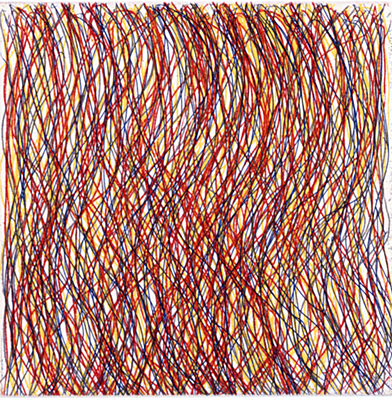
Color hard ground etching.
4 x 4"; 8 x 8". 40.
Crown Point Press and Daria Sywulak.
$3,000 fair market value Unavailable

Color hard ground etching.
4 x 4"; 8 x 8". 40.
Crown Point Press and Daria Sywulak.
$3,000 fair market value Unavailable
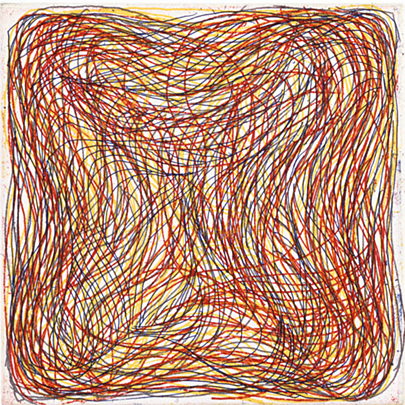
Color hard ground etching.
4 x 4"; 8 x 8". 40.
Crown Point Press and Daria Sywulak.
$3,000 fair market value Unavailable
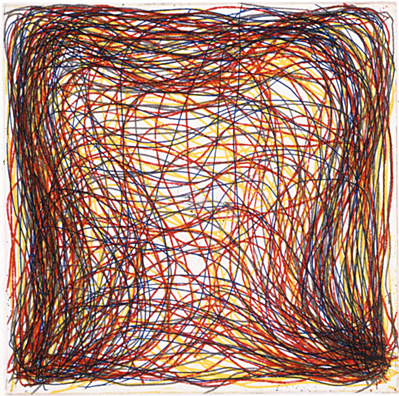
Color hard ground etching.
4 x 4"; 8 x 8". 40.
Crown Point Press and Daria Sywulak.
$3,000 fair market value Unavailable

Portfolio of eight hard ground etchings.
4 x 4"; 8 x 8". 20.
Crown Point Press and Daria Sywulak.
$15,000 fair market value Unavailable

Hard ground etching.
4 x 4"; 8 x 8". 20.
Crown Point Press and Case Hudson.
$2,500 fair market value Unavailable

Hard ground etching.
4 x 4"; 8 x 8". 20.
Crown Point Press and Case Hudson.
$2,500 InquireInquire
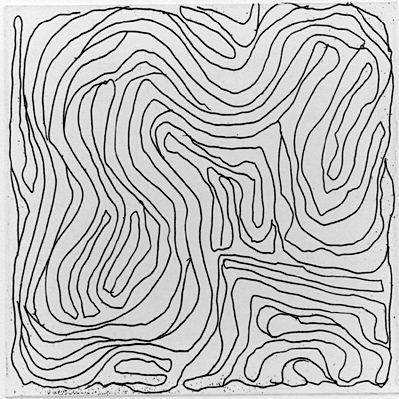
Hard ground etching.
4 x 4"; 8 x 8". 20.
Crown Point Press and Case Hudson.
$2,500 fair market value Proof AvailableProof Available

Hard ground etching.
4 x 4"; 8 x 8". 20.
Crown Point Press and Case Hudson.
$2,500 InquireInquire
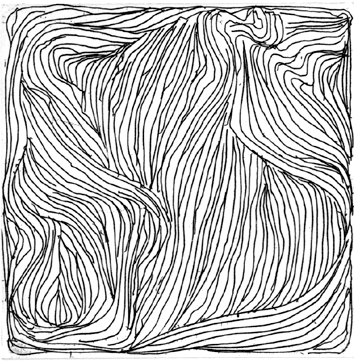
Hard ground etching.
4 x 4"; 8 x 8". 20.
Crown Point Press and Case Hudson.
$2,500 InquireInquire

Hard ground etching.
4 x 4"; 8 x 8". 20.
Crown Point Press and Case Hudson.
$2,500 fair market value Unavailable
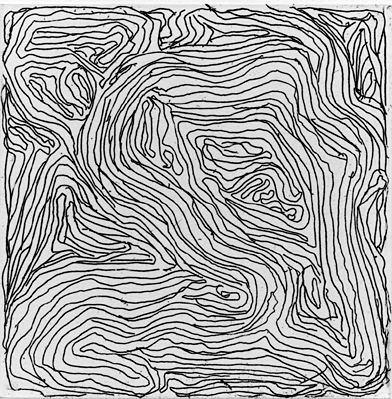
Hard ground etching.
4 x 4"; 8 x 8". 20.
Crown Point Press and Case Hudson.
$2,500 InquireInquire
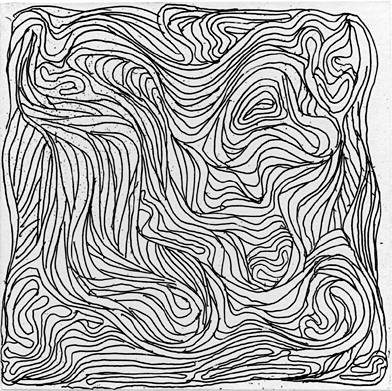
Hard ground etching.
4 x 4"; 8 x 8". 20.
Crown Point Press and Case Hudson.
$2,500 InquireInquire

Sugar lift aquatint.
29¾ x 39¾"; 40½ x 50". 100.
Crown Point Press and Daria Sywulak.
$8,000 fair market value Unavailable
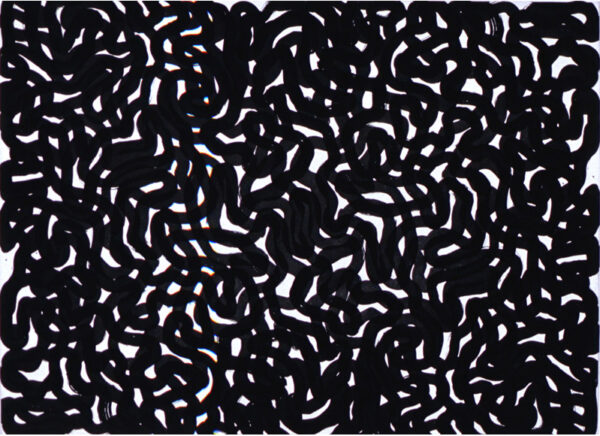
Sugar lift aquatint.
29¾ x 39¾"; 40½ x 50". 10.
Crown Point Press and Daria Sywulak.
$8,000 fair market value Unavailable
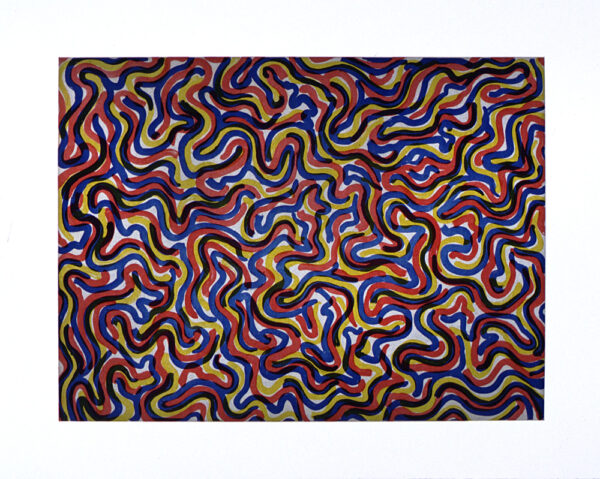
Color sugar lift aquatint with aquatint.
29¾ x 39¾"; 40½ x 50". 15.
Crown Point Press and Daria Sywulak.
$8,500 fair market value Unavailable

Color sugar lift aquatint with aquatint.
39¾ x 14¾"; 52½ x 26". 25.
Crown Point Press and Daria Sywulak.
$12,000 fair market value Unavailable
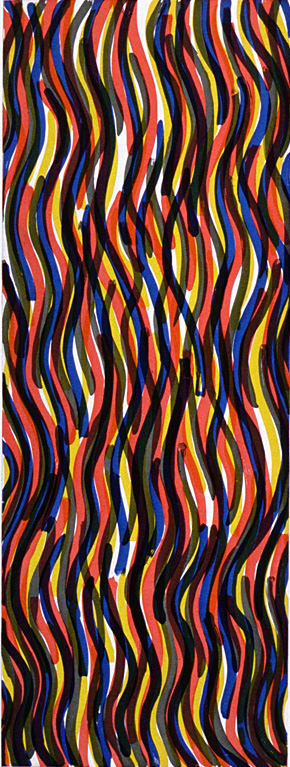
Color sugar lift aquatint.
39¾ x 14¾"; 52½ x 26". 25.
Crown Point Press and Daria Sywulak.
$12,000 fair market value Unavailable
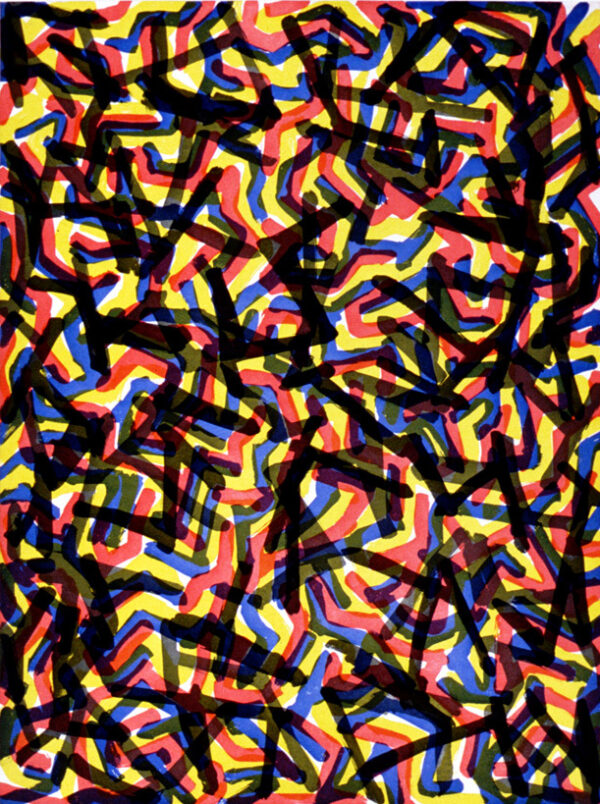
Color sugar lift aquatint .
39½ x 39½"; 51½ x 40½". 25.
Crown Point Press and Daria Sywulak.
$12,000 fair market value Unavailable

Color sugar lift aquatint .
29¾ x 29¾"; 41 x 40". 15.
Crown Point Press and Daria Sywulak.
$10,000 fair market value Unavailable
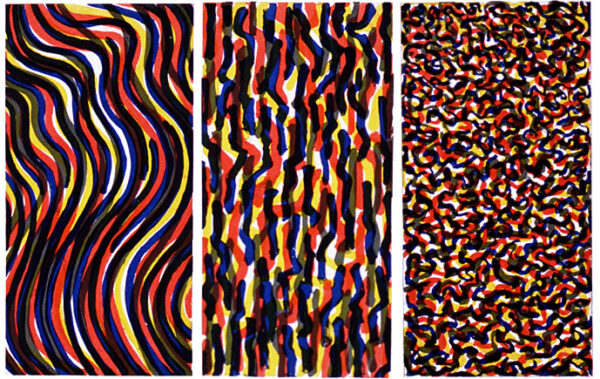
Set of three color sugar lift aquatints.
12 x 6"; 22½ x 15". 40.
Crown Point Press and Daria Sywulak.
$10,000 fair market value Unavailable
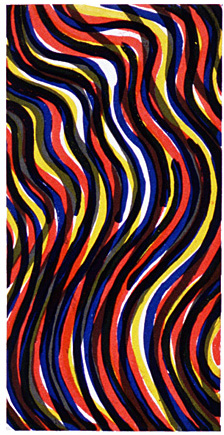
Color sugar lift aquatint .
12 x 6"; 22½ x 15". 40.
Crown Point Press and Daria Sywulak.
$4,000 fair market value Unavailable
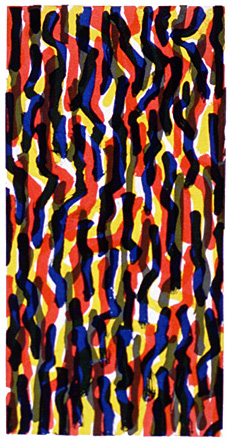
Color sugar lift aquatint.
12 x 6"; 22½ x 15". 40.
Crown Point Press and Daria Sywulak.
$4,000 fair market value Unavailable
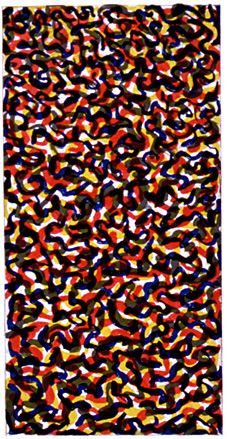
Color sugar lift aquatint.
12 x 6"; 22½ x 15". 40.
Crown Point Press and Daria Sywulak.
$4,000 fair market value Unavailable

Series of four color spit bite aquatints.
each 5 x 5"; each 12 x 12". 10.
Crown Point Press and Lawrence Hamlin.
$5,500 fair market value Unavailable
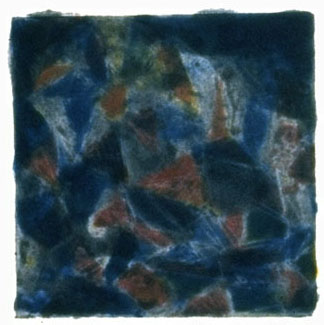
One in a series of four color spit bite aquatints.
5 x 5"; 12½ x 12". 10.
Crown Point Press and Lawrence Hamlin.
$1,800 fair market value Unavailable

One in a series of four color spit bite aquatints.
5 x 5"; 12½ x 12". 10.
Crown Point Press and Lawrence Hamlin.
$1,800 fair market value Unavailable

One in a series of four color spit bite aquatints.
5 x 5"; 12½ x 12". 10.
Crown Point Press and Lawrence Hamlin.
$1,800 fair market value Unavailable

One in a series of four color spit bite aquatints.
5 x 5"; 12½ x 12". 10.
Crown Point Press and Lawrence Hamlin.
$1,800 fair market value Unavailable

Series of four color spit bite aquatints.
each 11 x 11"; each 24½ x 24". 25.
Crown Point Press and Lawrence Hamlin.
$13,500 fair market value Unavailable

From a series of four color spit bite aquatints.
11 x 11"; 24½ x 24". 25.
Crown Point Press and Lawrence Hamlin.
$3,500 fair market value Unavailable
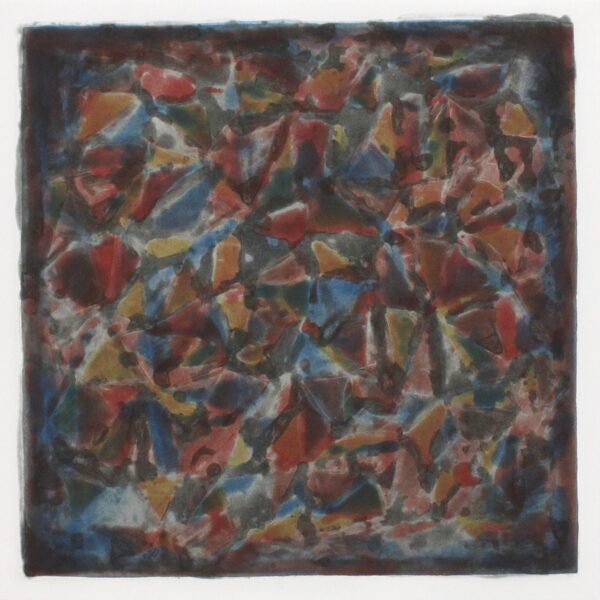
From a series of four color spit bite aquatints.
11 x 11"; 24½ x 24". 25.
Crown Point Press and Lawrence Hamlin.
$3,500 InquireInquire

From a series of four color spit bite aquatints.
11 x 11"; 24½ x 24". 25.
Crown Point Press and Lawrence Hamlin.
$3,500 InquireInquire
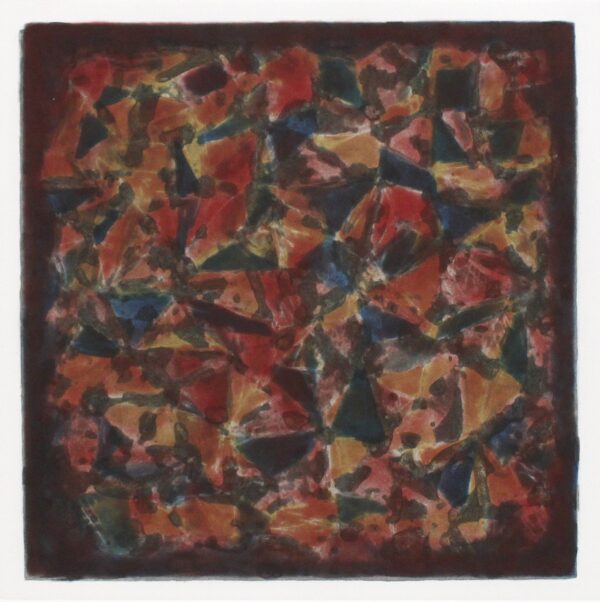
From a series of four color spit bite aquatints.
11 x 11"; 24½ x 24". 25.
Crown Point Press and Lawrence Hamlin.
$3,500 InquireInquire
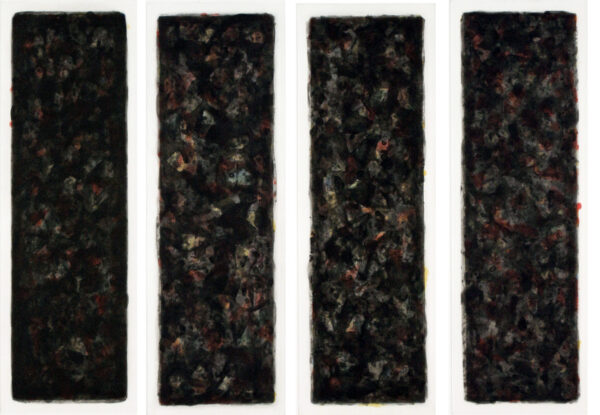
Series of four color spit bite aquatints.
17 x 5"; 30 x 17". 10.
Crown Point Press and Lawrence Hamlin.
$9,500 fair market value Unavailable

Color spit bite aquatint.
17 x 5"; 30 x 17". 10.
Crown Point Press and Lawrence Hamlin.
$2,500 fair market value Unavailable
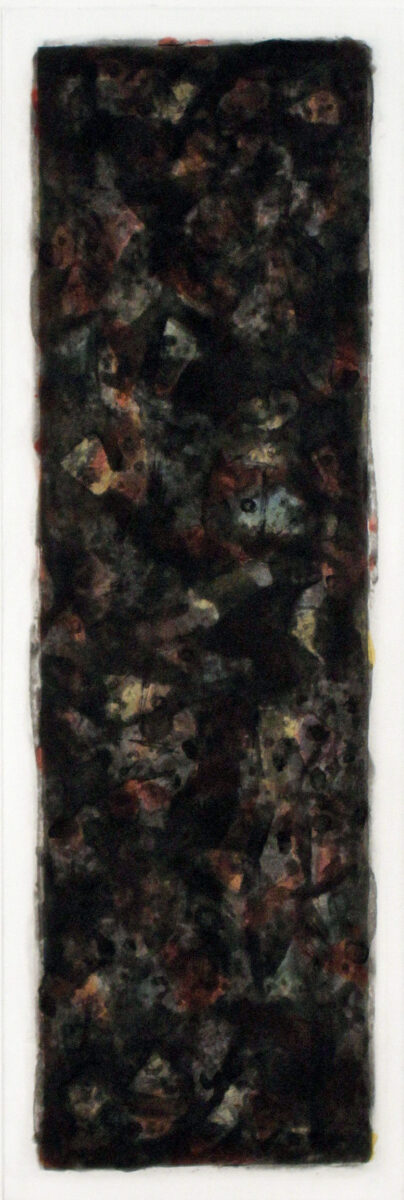
Color spit bite aquatint.
17 x 5"; 30 x 17". 10.
Crown Point Press and Lawrence Hamlin.
$2,500 fair market value Unavailable
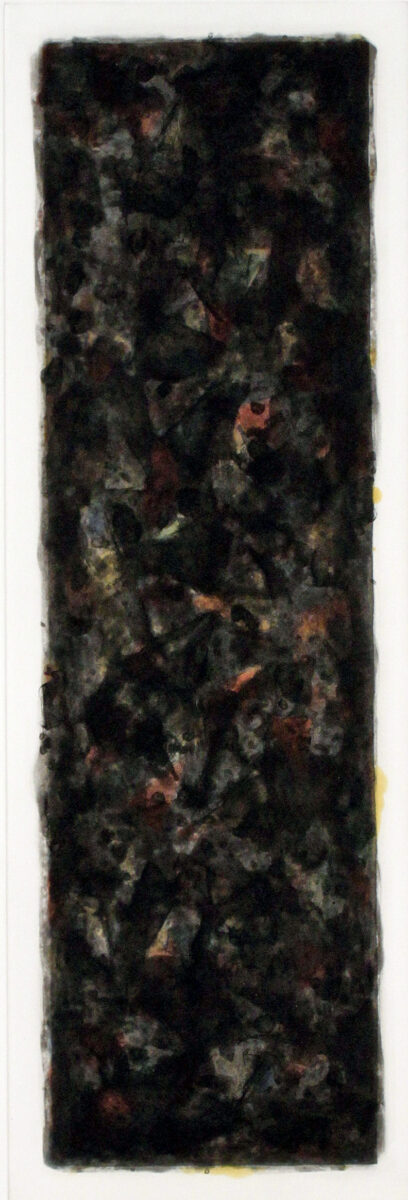
Color spit bite aquatint.
17 x 5"; 30 x 17". 10.
Crown Point Press and Lawrence Hamlin.
$2,500 fair market value Unavailable

Color spit bite aquatint.
17 x 5"; 30 x 17". 10.
Crown Point Press and Lawrence Hamlin.
$2,500 fair market value InquireInquire
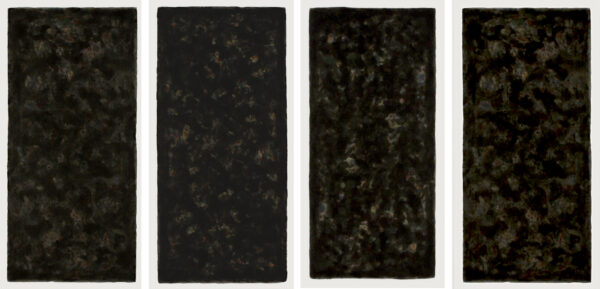
Series of four color spit bite aquatints.
17 x 8"; 30 x 20". 10.
Crown Point Press and Lawrence Hamlin.
$15,500 InquireInquire
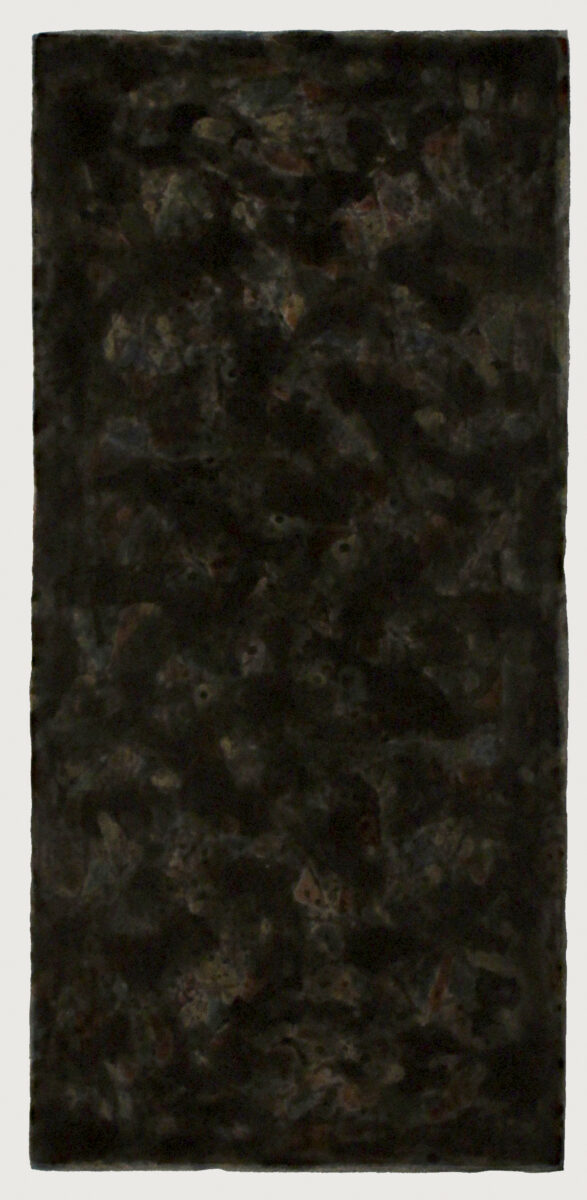
Color spit bite aquatint.
17 x 8"; 30 x 20". 10.
Crown Point Press and Lawrence Hamlin.
$4,000 InquireInquire

Color spit bite aquatint.
17 x 8"; 30 x 20". 10.
Crown Point Press and Lawrence Hamlin.
$4,000 InquireInquire

Color spit bite aquatint.
17 x 8"; 30 x 20". 10.
Crown Point Press and Lawrence Hamlin.
$4,000 InquireInquire
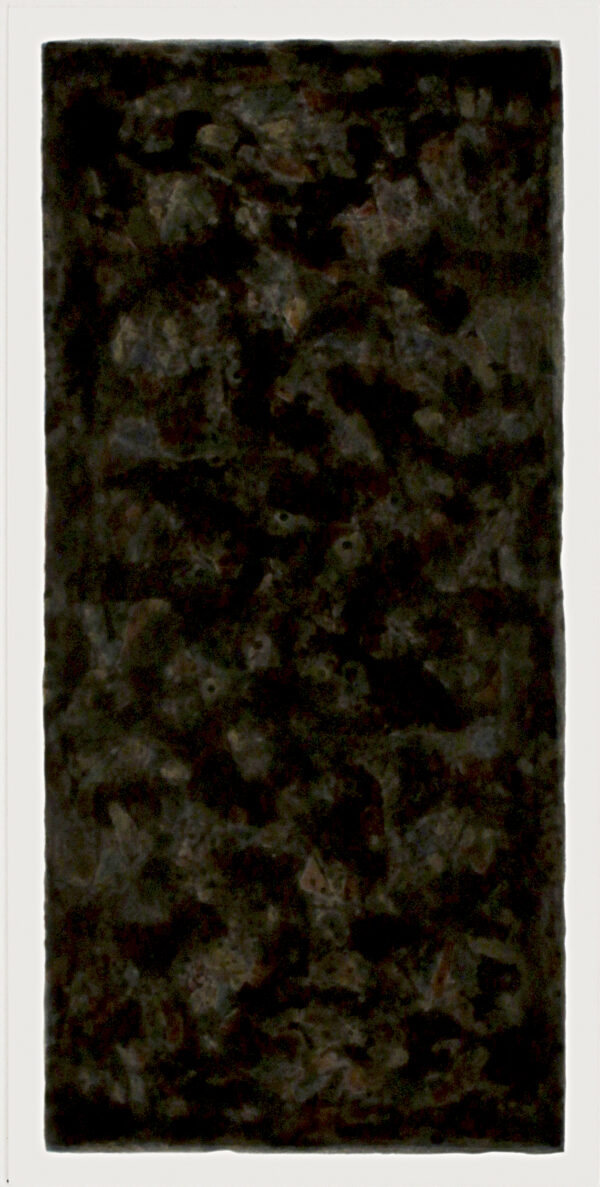
Color spit bite aquatint.
17 x 8"; 30 x 20". 10.
Crown Point Press and Lawrence Hamlin.
$4,000 InquireInquire
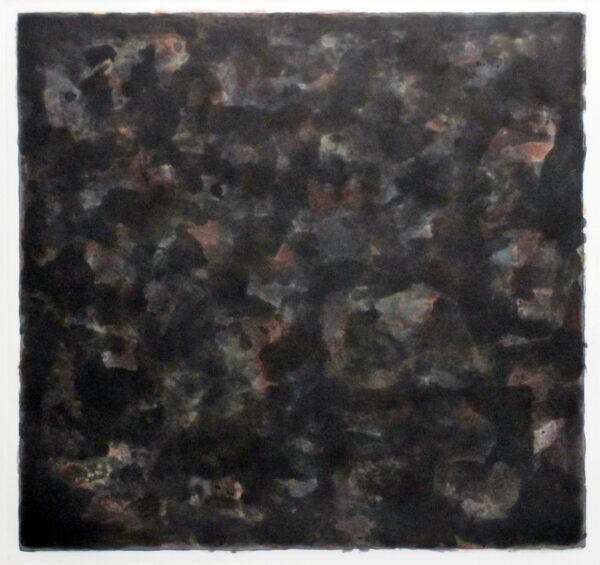
Color spit bite aquatint.
23 x 23"; 41 x 40". 15.
Crown Point Press and Lawrence Hamlin.
$6,500 InquireInquire

Color spit bite aquatint.
23 x 23"; 41 x 40". 15.
Crown Point Press and Lawrence Hamlin.
$6,500 InquireInquire
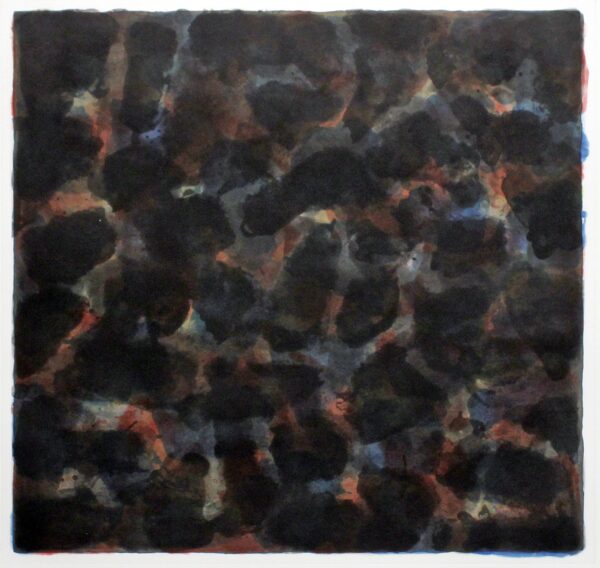
Color spit bite aquatint.
23 x 23"; 41 x 40". 15.
Crown Point Press and Lawrence Hamlin.
$6,500 InquireInquire
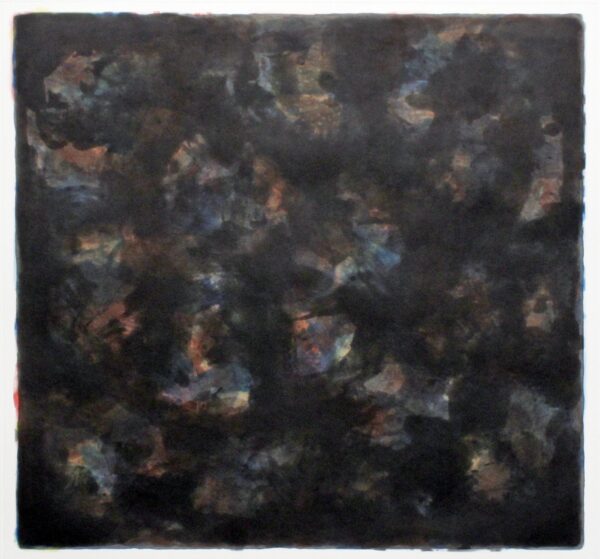
Color spit bite aquatint.
23 x 23"; 41 x 40". 15.
Crown Point Press and Lawrence Hamlin.
$6,500 InquireInquire
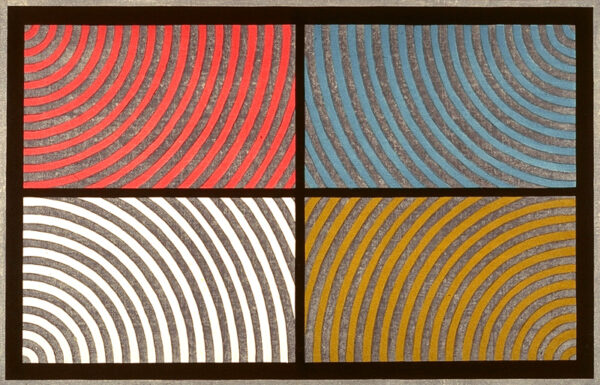
Color woodcut.
18½ x 28½"; 23 x 32½". 200.
Crown Point Press and Tadashi Toda at Shi-un-do Print Shop, Kyoto.
$8,500 fair market value Unavailable

Set of seven color aquatints.
each 12 x 24"; each 15 x 27". 25.
Crown Point Press and Hidekatsu Takada.
$24,000 fair market value Unavailable
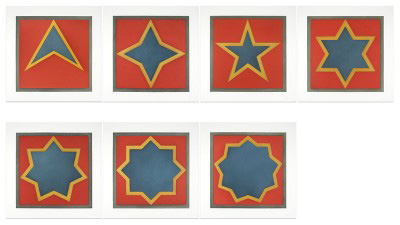
Set of seven color aquatints.
16½ x 16½"; 21 x 21". 10.
Crown Point Press and Hidekatsu Takada.
$20,000 fair market value Unavailable

Set of seven aquatints.
16½ x 16½"; 21 x 21". 10.
Crown Point Press and Hidekatsu Takada.
$17,000 fair market value Unavailable

Set of seven aquatints.
16½ x 16½" each; 21 x 21" each. 10.
Crown Point Press and Hidekatsu Takada.
$17,000 fair market value Unavailable
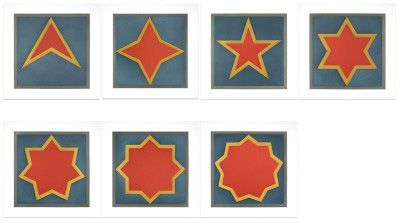
Set of seven color aquatints.
16½ x 16½"; 21 x 21". 10.
Crown Point Press and Hidekatsu Takada.
$20,000 fair market value Unavailable

Bound book of photoetchings; 40 pages.
each image 2½ x 2½"; 11 x 11". 25.
Crown Point Press and Kevin Parker.
$10,000 fair market value Unavailable
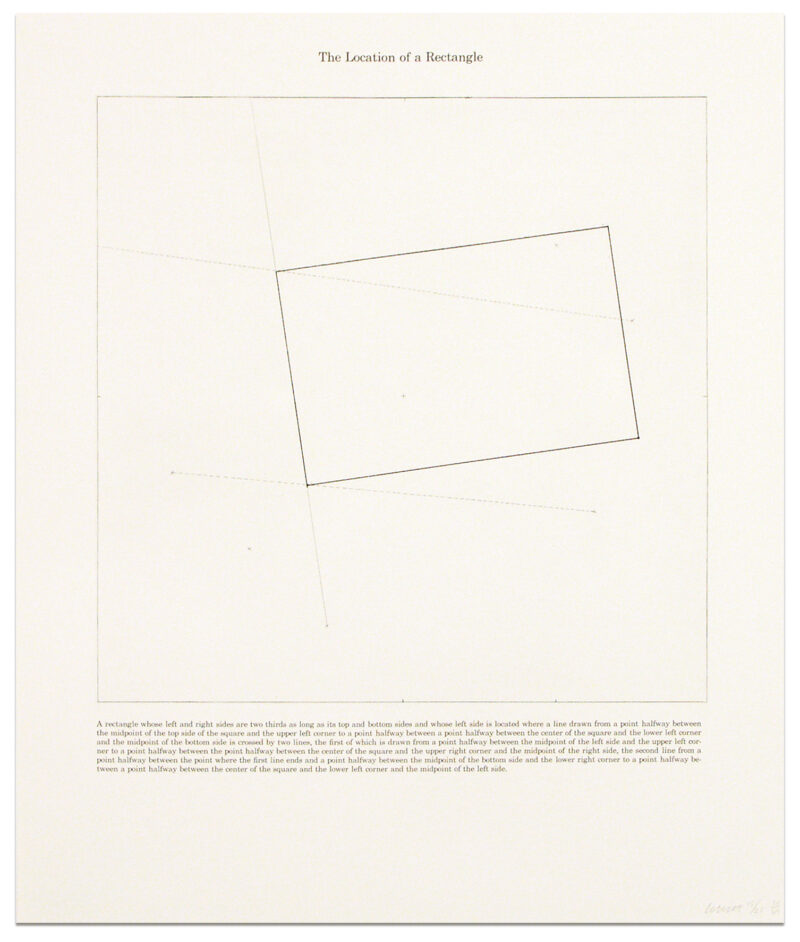
One from a set of six hard ground etchings titled "The Location of Six Geometric Figures".
24 x 20"; 24 x 20". 25.
Parasol Press and Kathan Brown.
$2,800 fair market value Proof AvailableProof Available

One from a set of six hard ground etchings titled "The Location of Six Geometric Figures".
24 x 20"; 24 x 20". 25.
Parasol Press and Kathan Brown.
$2,800 fair market value Proof AvailableProof Available